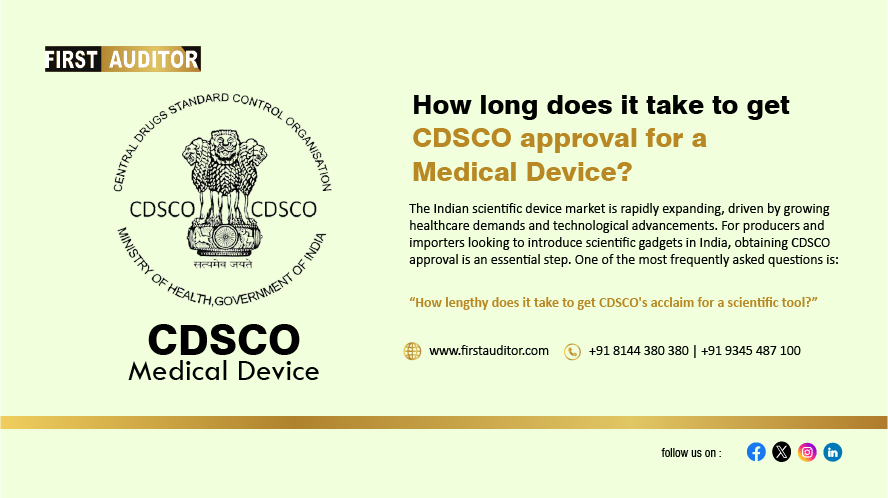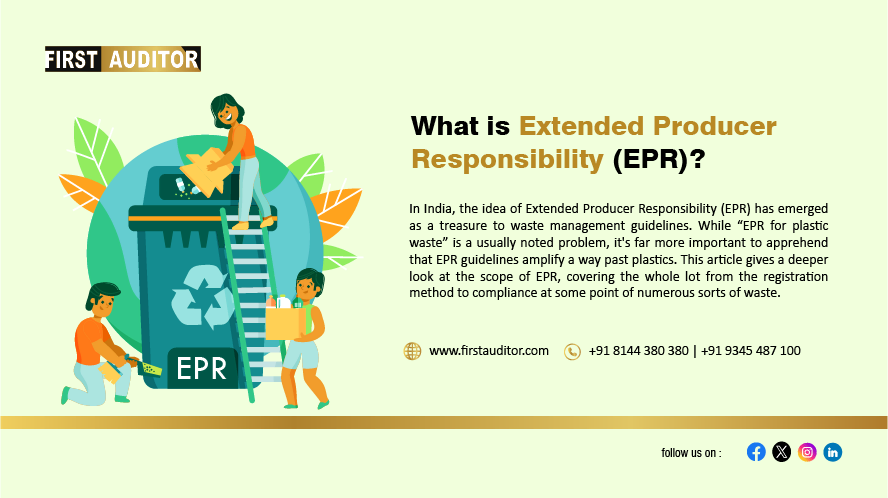How long does it take to get CDSCO approval for a medical device?
The Indian scientific device market is rapidly expanding, driven by growing healthcare demands and technological advancements. For producers and importers looking to introduce scientific gadgets in India, obtaining CDSCO approval is an essential step. One of the most frequently asked questions is:
“How lengthy does it take to get CDSCO's acclaim for a scientific tool?”
This guide presents an in-depth evaluation of the CDSCO approval technique, anticipated timelines, and important requirements to help navigate the regulatory landscape successfully.
Understanding CDSCO and Its Role
The Central Drugs Standard Control Organization (CDSCO) is India’s country-wide regulatory authority for prescribed drugs and medical devices. It ensures clinical gadgets' safety and excellent performance via rigorous evaluation and licensing procedures. CDSCO approval is obligatory for marketplace entry and legal compliance in India.

Factors Influencing CDSCO Approval Timelines
The time required for CDSCO approval varies primarily based on a couple of factors, including.
1. Medical Device Classification
Medical gadgets are labeled into 4 classes primarily based on their danger level:
- Class A – Low-hazard gadgets (e.g., thermometers, surgical gloves).
- Class B – Low to moderate-risk devices (e.g., syringes, infusion pumps).
- Class C – Moderate to excessive-chance gadgets (e.g., ventilators, orthopedic implants).
- Class D – High-hazard gadgets (e.g., coronary heart valves, pacemakers).
Higher-threat gadgets (Class C & D) undergo stricter opinions and take longer to acquire approval.
2. Completeness of Documentation
Incomplete or faulty documentation can cause delays. Ensuring that each one required file is effectively prepared and submitted enables avoid useless lower back-and-forth with regulatory authorities.
3. Device Complexity
Innovative or technologically advanced devices may additionally require additional checking out, scientific trials, or critiques, leading to longer approval timelines.
4. CDSCO Workload & Processing Speed
The workload of CDSCO and the performance of its assessment process can affect approval timelines. Higher calls might also result in processing delays.
5. Import License vs. Domestic Registration
- For imported clinical gadgets, a CDSCO import license is mandatory, adding some other layer of approval.
- Domestic manufacturers need to sign up their gadgets below the perfect classification.
CDSCO Approval Process for Medical Devices
The approval method usually follows these steps:
- Application Submission – Submission of a detailed software with required files.
- Preliminary Scrutiny – CDSCO evaluates the software for completeness.
- Technical Evaluation – Assessment of the device’s safety, efficacy, and overall performance facts.
- Clinical Trials (if required) – Necessary for high-threat gadgets (Classes C & D).
- Inspection & Audit – CDSCO may additionally check out manufacturing facilities for compliance.
- Grant of License/Registration – If all necessities are met, CDSCO troubles the license or registration certificates.
CDSCO Medical Device Registration & Licensing
CDSCO approval varies depending on tool type:
- Class A & B Devices – Lower-chance devices observe a simplified registration process.
- Class C & D Devices – Higher-danger gadgets go through a detailed technical assessment, often requiring scientific trial facts.
CDSCO Import License for Medical Devices
For imported scientific devices, obtaining a CDSCO import license is mandatory. The system includes:
- Importer Documentation – Submission of importer information and producer credentials.
- Technical Data Submission – Detailed technical specifications of the tool.
- Compliance with Indian Standards – Ensuring the tool meets Indian regulatory necessities.
Once a medical device receives approval, it's targeted as a registered medical tool, and CDSCO issues certificates of registration as proof of compliance.
Estimated Timelines for CDSCO Approval
While timelines vary based on device classification and complexity, popular estimates are:
- Class A & B Devices – Approval may take numerous months.
- Class C & D Devices – The method can take a year or more, specifically if scientific trials are required.
- CDSCO Import License – Several additional months can be wished for imported gadgets.
How to Expedite CDSCO Approval
To speed up the approval technique, keep in mind the following:
- Thorough Documentation – Ensure all required files are accurate and entire.
- Timely Responses – Respond directly to CDSCO queries or requests for additional facts.
- Expert Consultation – Work with regulatory professionals to navigate complex requirements.
- Stay Updated – Keep track of the latest CDSCO rules to maintain compliance.
Conclusion
Obtaining CDSCO approval for a clinical tool is a cautious process that requires careful regulatory compliance. Understanding the approval timelines and adhering to regulatory requirements can help manufacturers and importers streamline the technique and effectively enter the marketplace. For quicker approval, ensure the entire documentation is Seizing for expert regulatory steerage, and stay knowledgeable about CDSCO updates.
Frequently Asked Questions
Based on risk: Class A (low) to Class D (high), impacting approval timelines.
Check CDSCO’s official website or contact the relevant CDSCO office.
It's required to import medical devices into India, ensuring regulatory compliance.



 (1).jpg)

